Radio astronomy in Hong Kong in 21cm radio band
C. S. LEUNG (1), C. M. LEE (2), K. W. NG (2)
(1) Department of Applied Mathematics, Hong Kong Polytechnic University, Hong Kong SAR, P. R. China, Email: [email protected]
(2) Hong Kong Astronomical Society, Hong Kong SAR, P. R. China
Abstract. In this conference paper, we present the development of radio astronomy in Hong Kong in 21 cm wavelength since 2006. We discuss the subtropical region with its usual cloudy condition in Hong Kong for launching radio astronomy. The MIT small radio telescope and Italy SPIDER radio telescope series were good starting points to create radio astronomy for a dense human populated region like Hong Kong. We present some interesting results with respect to these two types of radio telescopes. We also introduce the future possibility for the developing radio interferometry array in Hong Kong for research and teaching.
Key words: Education in astronomy, Instruments.
1. INTRODUCTION
Hong Kong is a business-oriented city, highly compacted within about 1,100 km2. However, this densely populated metropolitan among those highest ones in the world is not good for developing optical astronomical observation. The radio pollution is serious and adversely affects the radio astronomy developed in Hong Kong. In October 2006, the University of Hong Kong (hereafter HKU) brought in a small radio telescope which was developed from US MIT subsidiary company operating in 21 cm wavelength for research and teaching in the Physics Building Dome of HKU (Longitude: 114o 8′ 23.262′′E, Latitude: 22o13′59.7′′N, Altitude: 120m) and a private observatory titled Ho Koon Astronomical Center (hereafter HKAC, Longi- tude: 114o6′29.3076′′E, Latitude: 22o23′1.644′′N, Altitude: 149m). In total, we constructed four 2.3 m radio telescopes in Hong Kong. The telescopes worked in full function mode until 2014 as we lacked experienced people for calibration start- ing from zero. Based on these small radio telescopes, we managed to reproduce the work from MIT small radio results on the Galactic rotational curve.

Fig. 1 – Galactic rotational curve obtained from the Hong Kong sky by using the small radio telescope in 21 cm frequency band (Credited from HKU SRT team).
We were grateful to have received the donation for the funding from Dr. Stanley Ho association, so we were able to buy a more powerful SPIDER 300A radio telescope system from the PrimaLuceLab company from Italy. We installed this power radio telescope in Stanley Ho Astronomical Observatory (hereafter SHAO, Longitude: 114o13′24.0414′′E, Latitude: 22o14′32.2362′′N, Altitude: 4.6m). This observatory was under the management of Queens College Old Boy Association. It was the first pre-ordered claim from the PrimaLuceLab company so we managed to have acquired their long-term technical support. It was very effective for their super sensitive design for the SPIDER series radio telescope in 21 cm frequency band such that we detected more interesting sources in the sky with better quality for the radio 2D mapping photos. Most of them were the historical detections from our Hong Kong sky. In fact, we did not think we still have a radio quiet zone in our Hong Kong sky at the first light of the SPIDER 300A system as we have major radio pollution.
2. OBSERVATION
As we mentioned that we used the MIT small radio telescopes (hereafter SRT) to do observation before, we started to do solar observation by using SRT as our startup project. For the SRT, it is a 2.3 m dish in diameter with 7 degrees beamwidth. Furthermore, the bandwidth for this telescope is only 50 kHz. The design for this telescope and receiver with its major emphasis on transient targets. But, it also has a function so called 25 points mapping with unadjustable integrating time for getting large 2D mapping. So, bound by this limited capability, we tried to test our sky by observing the standard radio source. Figure 2 shows the results based on the 25 points mapping with the related spectrum. The first radio signal outside the solar system was detected by Jansky in 1931 (Jansky, 1932) which the first radio solar physics paper was published in 1944 (Reber, 1944). After that, solar radio physics was born. As the starting work in Hong Kong, we tried to reproduce all these radio solar works such that we can be familiar with the system performance of our radio telescopes.
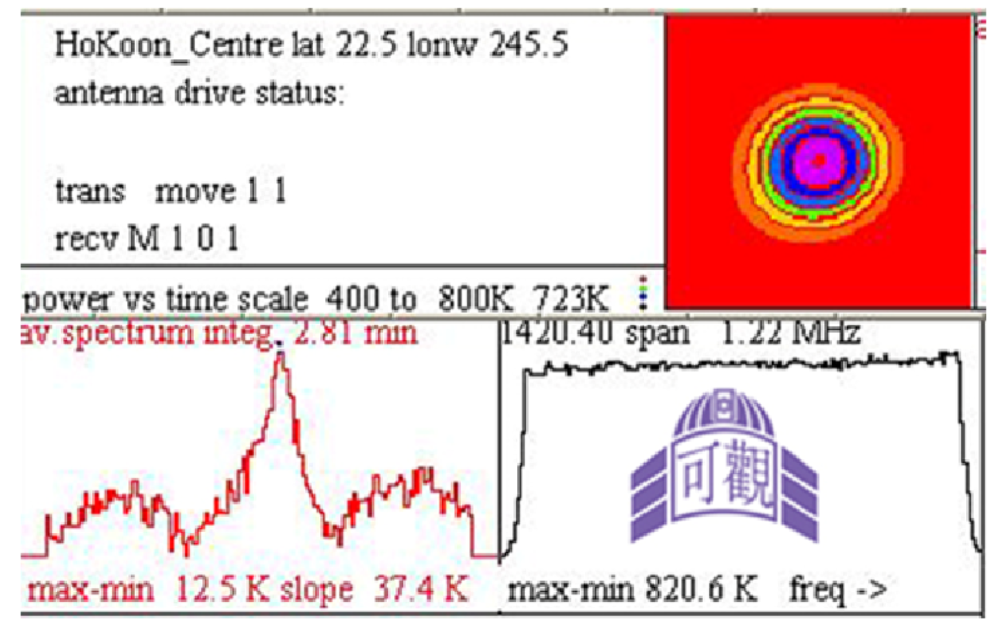
Fig. 2 – Results based on the 25 points mapping with the related spectrum. The “bull eye” shows that we point to the sun correctly (Credited from HKAC).
Apart from the sun, the SRT also worked on some other strong radio sources and lunar eclipse, namely CasA, Taurus A (M1), galactic rotational curve and so on. The galactic rotational curve obtained is similar to the MIT Haystack Observatory results, that means we can operate it in a similar way as that in US. Due to the location difference for all SRT in both HKU and HKAC, we missed the important observation for the annular eclipse on 21st May, 2012.
After we bought the new SPIDER 300A system from the PrimaLuceLab company as it has more powerful functions, we carried out some interesting observations in our sky. The SPIDER 300A has a 3 m diameter with 4.3-degree beamwidth. The bandwidth for SPIDER 300A is 50MHz, roughly of about 3 order of magnitude better than that of SRT. Furthermore, it has a built-in function so called Based-Band Converter Tool (BBC Tool) which is a digital filter for filtering the noise such that collecting better radio signals. Figure 3 shows the control software and the BBC Tool window. Figure 3 shows the RadioUniversePro software and the corresponding BBC Tool window. We can see the group of digital filters (16+16) fully tunable on the 2 Intermediate Frequencies such that we can avoid the series FRI signals.
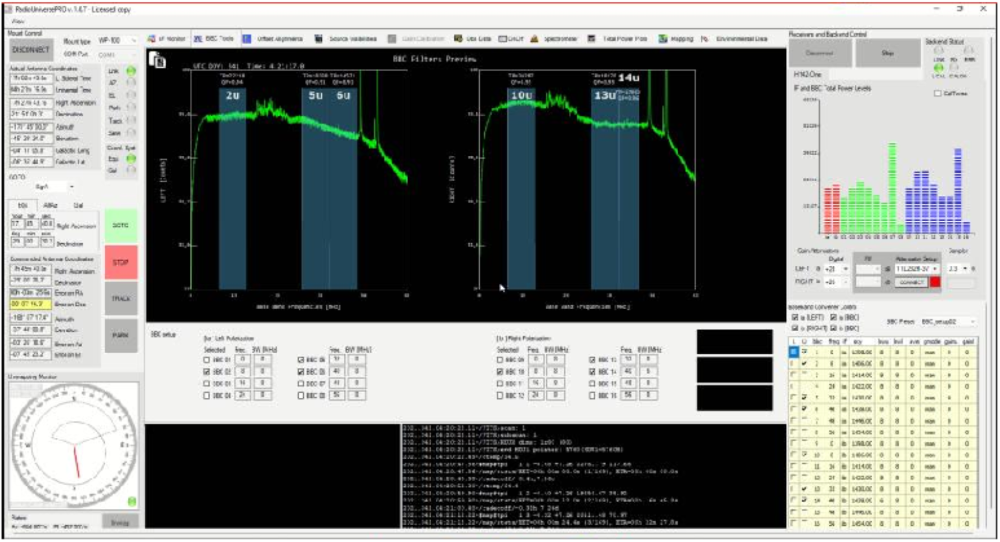
Fig. 3 – RadioUniversePro software and the corresponding BBC Tool window.
By making use SPIDER 300A system, we detected more interesting objects in SHAO from Hong Kong Tai Tam. The followings are some interesting sources that we detected in SHAO.
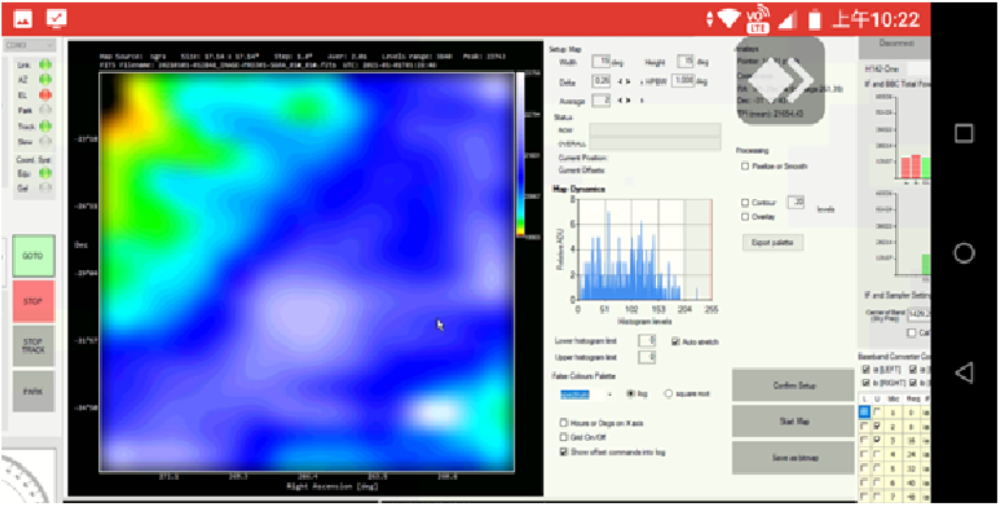
Fig. 4 – 2D radio mapping of the Sagittarius A* before processing.
Figure 4, Figure 5 and Figure 6 show interesting results that we detected our Milky Way galactic center (SgrA*) on 1st January, 2021 and 9th December, 2021 respectively. These are the historical images from our Hong Kong sky. Figure 7 shows the daily observation of the 2D mapping for the radio sun. Furthermore, the interesting strong source so called Cygnus A (Cyg A) showing in Figure 8, is an extragalactic source about 600 million light years away from our earth.
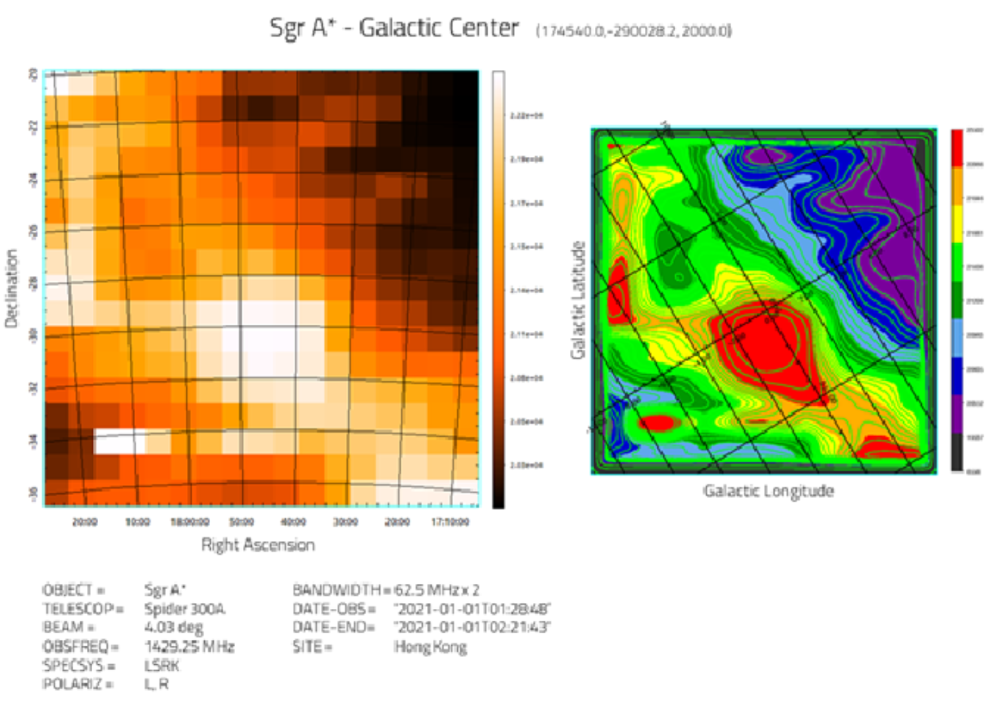
Fig. 5 – 2D radio mapping of the Sagittarius A* after processing.
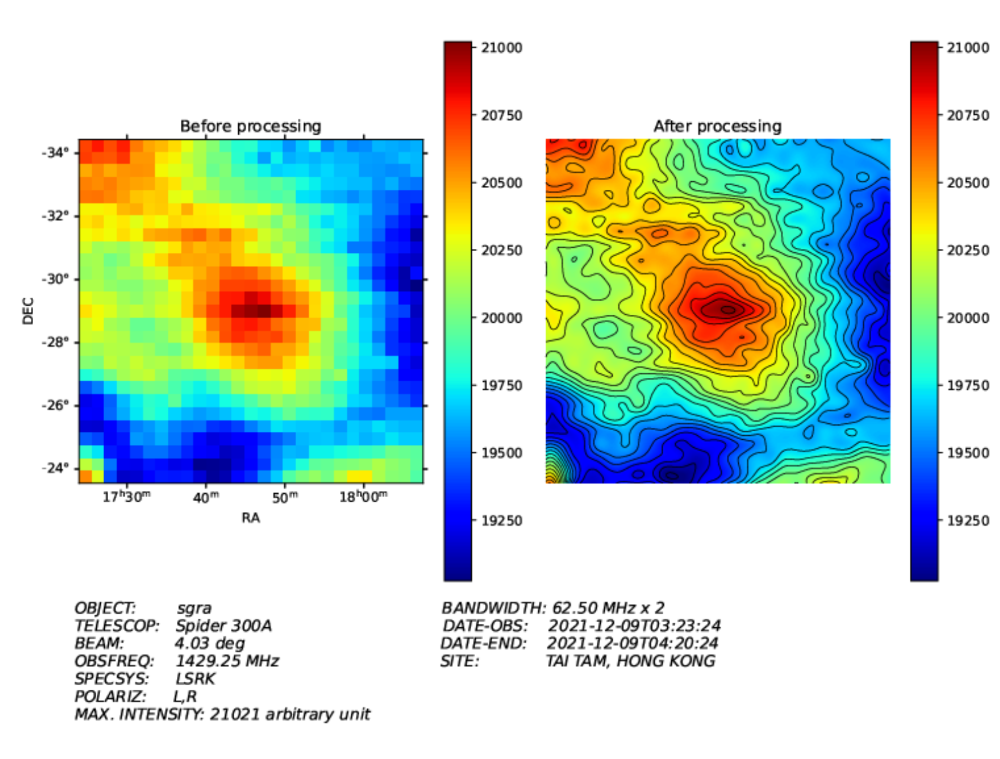
Fig. 6 – 2D radio mapping of the Sagittarius A* after processing with the Python scripts.
So, from all those observations in Hong Kong, we can setup the radio source database for our sky. In addition to accumulating observing data for our database, we also used the SPIDER 300A for doing the observation for the radio solar eclipses. We also got very meaningful results. For more technical and extensive details, please refer to the other paper for the radio solar eclipse in Hong Kong (Leung et al., 2021).
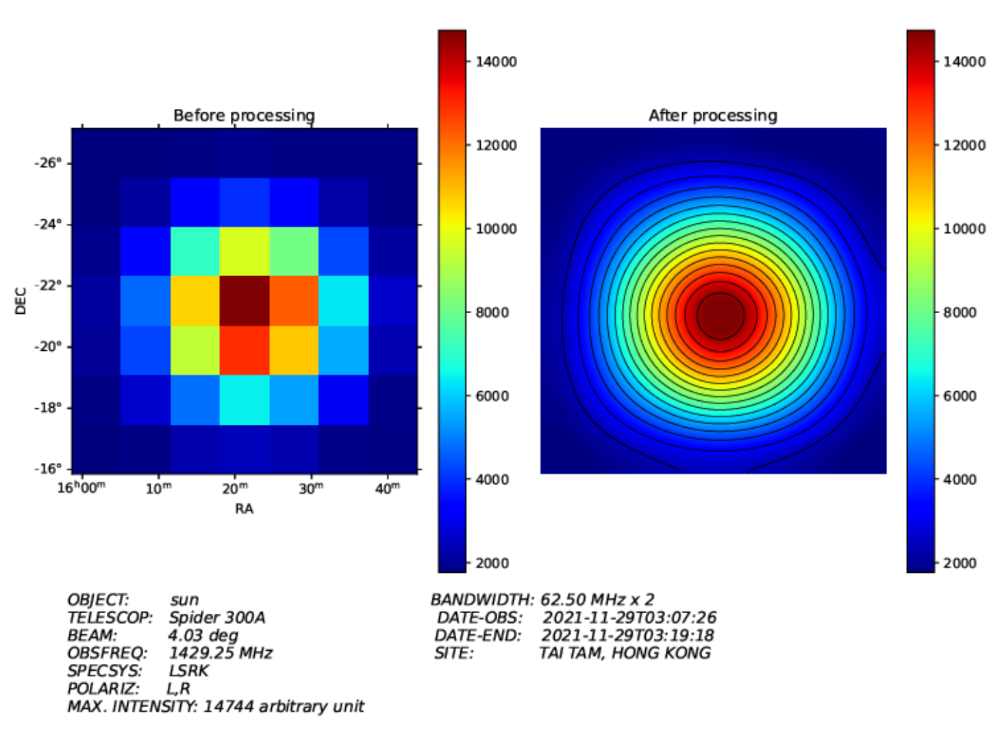
Fig. 7 – 2D radio mapping of the Sun after processing with the Python scripts.
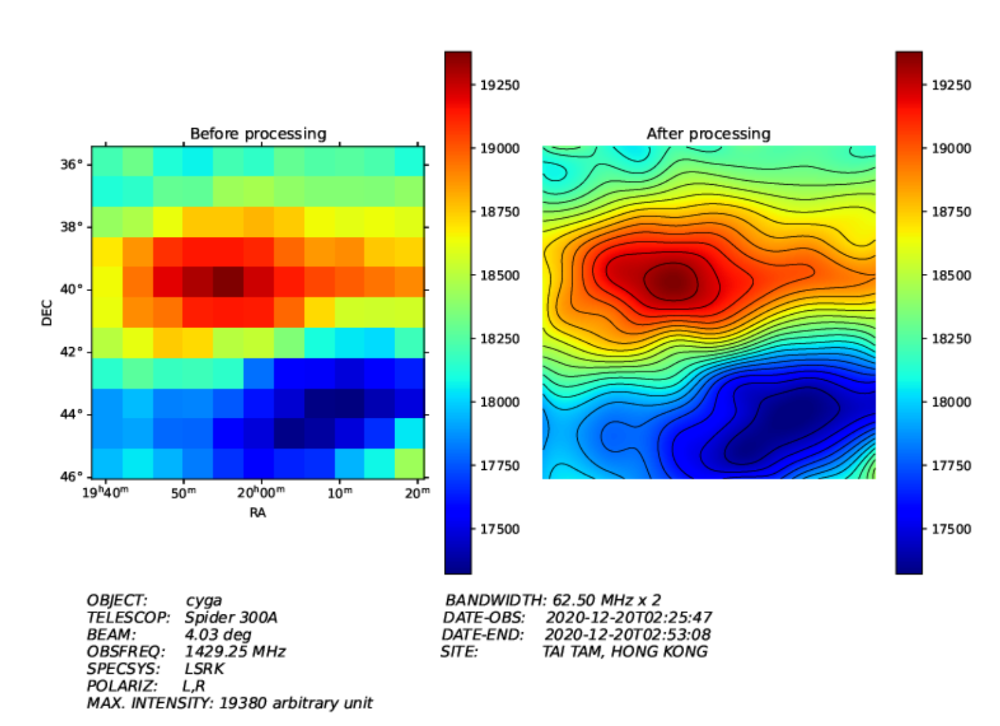
Fig. 8 – 2D radio mapping of the Cygnus A after processing with the Python scripts.
3. DISCUSSIONS AND CONCLUSIONS
For this presentation, we addressed why Hong Kong developed radio astronomy owing to the subtropical region and cloudy condition in the territory which is not good for developing optical astronomy. We still obtained some interesting two-dimensional radio mapping. This was the historical observation for the 21cm radio solar eclipse in Hong Kong. Based on these experiences, we trained some young students for developing their interest and career works in these discipline. For the SPIDER 300A system, it was easier for us to develop remote observation and data reduction pipe since their design can compromise with the professional telescope in other radio observatory in the world. The next stage for the radio astronomy in Hong Kong will be the radio interferometer such that we will combine all those radio telescopes in Hong Kong by making use software correlation. We will also work with other radio telescopes in other neighbouring countries to test the VLBI observation.
Acknowledgements. We would like to express our deep gratitude to the late Dr. Stanley Ho and his family for their generous donation and huge support to the Stanley Ho Astronomical Observatory at Tai Tam, Hong Kong. The funding provided the radio telescope and all accessories required for the radio observation and data acquisition. Special thanks are given to Prof. Yuen Kwok Yung as the facilitator and Ms Daisy Ho as donation coordinator and donor. We would like to give thanks for all radio observatories in the territory, namely HKU, HKAC, and SHAO. We are indebted to the management and technical teams from all these three observatories.
REFERENCES
Jansky K. G.: 1932, Directional Studies of Atmospherics at High Frequencies, Proc. Inst. Rad. Eng. 20, 1920.
Reber G.: 1944, Cosmic Static, Astrophys. J. 100, 279.
Leung C. S. et al.: 2022, Solar Eclipse Observations with Small Radio Telescope in Hong Kong in 21cm Radio Frequency Band, RoAJ, 32.
Received on 10 December 2021
